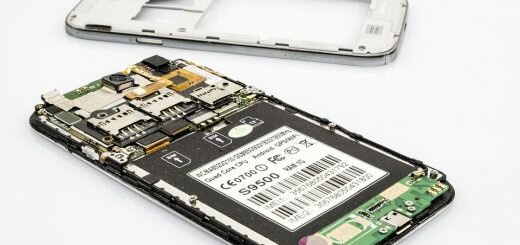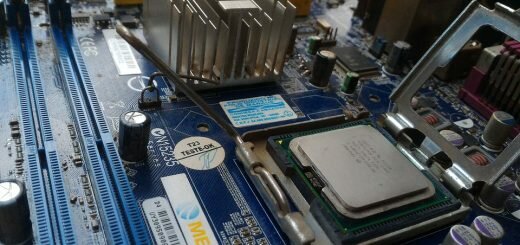Regular blogging is now a fundamental activity for engaging with website visitors and improving the search engine position of your site. Google and the other search engines now place a high value on regular, original and useful content on a website, and providing this can really help to demonstrate your credibility to customers and search engines alike.
The WordPress CMS (Content Management System) was originally designed as a blogging tool so it is very well suited to this type of quick and easy regular content. WordPress has developed significantly into an all-encompassing website content system with a huge range of additional functionalities, but blogging will always be a part of the world’s most popular CMS.
Adding a new blog post in WordPress is a simple process, please follow the steps below to add your own posts in just a few minutes:
- Log in to your WordPress website.
- Click ‘Posts’ in the left-hand menu. This will show you a list of all of the existing posts on the website.
- Click ‘Add New’ at the top left side of the list.
- This will take you to a page called ‘Add New Post’.
- Enter your post title in the long horizontal field at the top. This is the title that will appear in larger text at the top of the post.
- Make sure that the tab on the right corner of the large box below is set to ‘Visual’ (rather than ‘Text’). Now you can enter the paragraph text for the post in the large box.
- An example of the WordPress visual editor toolbar:
- The visual editor box has standard text formatting options such as bold or italic in a similar way that you would find in Microsoft Word or an email system. You can use these formatting tools by highlighting the text and then selecting from the formatting toolbar at the top of the box (example image above). On some WordPress installations the formatting toolbar may be hidden, but you can click the icon with lots of small grey squares to the right side of the toolbar (Toolbar Toggle) to reveal all of the formatting options.
- You can also insert images into the post at any point by clicking the ‘Add Media’ button on the top left of the edit box. This will allow you to select an image from your computer to upload. When you have located the image you want click the blue ‘Insert Into Post’ button in the bottom right corner.
- Once you have entered and formatted your paragraph text and images, you can add new categories or select any existing relevant categories from the ‘Categories’ section on the right side of the page. Doing this will ensure that the post shows on any parts of the website that are linked to this category, for example in ‘similar posts’ sections, or a blog feed on a particular subject.
- You can also add any relevant terms in the ‘Tags’ box below the categories section. These should be words or short phrases that relate to the content of the individual article. Tags help the internal search functionality on the website to show the most relevant articles in the search results.
- Select a ‘Featured Image’ in the bottom-right corner. This is the image that will appear with the article on the website, in the blog feed sections. Click on the link and it will allow you to select an image from your computer to upload. When you have located the image you want, click the blue ‘Set Featured Image’ button in the bottom right corner.
- If you have an SEO (Search Engine Optimisation) plugin installed on the website you can now add the SEO data for the post. We will use a popular WordPress SEO plugin called ‘All in one SEO Pack’ as the example here. You will find a section at the bottom of the page for the plugin where you can enter the information needed by the search engines in order to index the post properly. You need to add the title (same as article title), description (short summary of the article) and keywords (short 2-4 word phrases that describe the article) in this section and they will be published in the code where the search engines can find them.
- You can now preview your post and make sure you are happy with everything by clicking the ‘Preview’ button on the right side of the page.
- When all of the above is done click the blue ‘Publish’ button on the right side of the page, this will publish the article to the website.
- Adding a new article should automatically post it to your ‘Blog’ page as long as it has been set up correctly.
We hope that you found this guide useful and that it helps you to familiarise yourself with the WordPress Blog system. Please click on the category links on our blog page to view other relevant website management posts.


